1.
Introduction
This article studies the questions of existence and nonexistence of weak solutions to the system of polyharmonic wave inequalities
Here, (u,v)=(u(t,x),v(t,x)), N≥2, B1 is the open unit ball of RN, m≥1 is an integer, a,b≥−2m, (a,b)≠(−2m,−2m), and p,q>1. We will investigate (1.1) under the Navier-type boundary conditions
where fi,gi∈L1(∂B1) and (−Δ)0 is the identity operator. Notice that no restriction on the signs of fi or gi is imposed.
The study of semilinear wave inequalities in RN was firstly considered by Kato [1] and Pohozaev & Véron [2]. It was shown that the problem
possesses a critical exponent pK=N+1N−1 in the following sense:
(ⅰ) If N≥2 and 1<p≤pK, then (1.3) possesses no global weak solution, provided
(ⅱ) If p>pK, there are global positive solutions satisfying (1.4).
Caristi [3] studied the higher-order evolution polyharmonic inequality
where α≤2m. Caristi discussed separately the cases α=2m and α<2m. For instance, when j=2 and α=0, it was shown that, if N≥m+1 and 1<p≤N+mN−m, then (1.5) possesses no global weak solution, provided (1.4) holds. Other existence and nonexistence results for evolution inequalities involving the polyharmonic operator in the whole space can be found in [4,5,6].
The study of the blow-up for semilinear wave equations in exterior domains was firstly considered by Zhang [7]. Namely, among many other problems, Zhang investigated the equation
where N≥3, a>−2, and D is a smooth bounded subset of RN. It was shown that (1.6) under the Neumann boundary condition
admits a critical exponent N+aN−2 in the following sense:
(ⅰ) If 1<p<N+aN−2, then (1.6) admits no global solution, provided f≢0.
(ⅱ) If p>N+aN−2, then (1.6) admits global solutions for some f>0.
In [8,9], it was shown that the critical value p=N+aN−2 belongs to case (ⅰ). Furthermore, the same result holds true, if (1.6) is considered under the Dirichlet boundary condition
where D=¯B1.
In [10], the authors considered the system of wave inequalities (1.1) in the case m=1. The system was studied under different types of inhomogeneous boundary conditions. In particular, under the boundary conditions (1.2) with m=1 (Dirichlet-type boundary conditions), the authors obtained the following result: Assume that a,b≥−2, (a,b)≠(−2,−2), If0:=∫∂B1f0dSx≥0, Ig0:=∫∂B1g0dSx≥0, (If0,Ig0)≠(0,0), and p,q>1. If N=2; or N≥3 and
then (1.1)-(1.2) (with m=1) admits no weak solution. Moreover, the authors pointed out the sharpness of the above condition.
In the case m=2, the system (1.1) was recently studied in [11] under different types of boundary conditions. In particular, under the boundary conditions (1.2) with f0≡0 and g0≡0, i.e.,
Namely, the following result was obtained: Let N≥2, a,b≥−4, (a,b)≠(−4,−4), ∫∂B1f1dSx>0, ∫∂B1g1dSx>0, and p,q>1. If N∈{2,3,4}; or
then (1.1) (with m=2) under the boundary conditions (1.7) admits no weak solution. Moreover, it was shown that the above condition is sharp.
Further results related to the existence and nonexistence of solutions for evolution problems in exterior domains can be found in [12,13,14,15,16,17].
The present work aims to extend the obtained results in [10,11] from m∈{1,2} to an arbitrary m≥1. Before presenting our main results, we need to define weak solutions to the considered problem.
Let
Notice that ΣQ⊂Q.
Definition 1.1. We say that φ is an admissible test function, if
(i) φ∈C2,2mt,x(Q);
(ii) supp(φ)⊂⊂Q (φ is compactly supported in Q);
(iii) φ≥0;
(iv) For all j=0,1,⋯,m−1,
where ν denotes the outward unit normal vector on ∂B1, relative to RN∖B1.
The set of all admissible test functions is denoted by Φ.
Definition 1.2. We say that the pair (u,v) is a weak solution to (1.1)-(1.2), if
and
for every φ∈Φ.
Notice that, if (u,v) is a regular solution to (1.1)-(1.2), then (u,v) is a weak solution in the sense of Definition 1.2.
For every function f∈L1(∂B1), we set
Our first main result is stated in the following theorem.
Theorem 1.1. Let p,q>1, N≥2, and a,b≥−2m with (a,b)≠(−2m,−2m). Let fi,gi∈L1(∂B1) for every i=0,⋯,m−1. Assume that Ifm−1,Igm−1≥0 and (Ifm−1,Igm−1)≠(0,0). If N≤2m; or N≥2m+1 and
then (1.1)-(1.2) possesses no weak solution.
Remark 1.1. Notice that (1.10) is equivalent to
where
and
On the other hand, due to the condition a,b≥−2m and (a,b)≠(−2m,−2m), we have α,β>0, which shows that, if N≤2m, then (1.10) is always satisfied.
The proof of Theorem 1.1 is based on the construction of a suitable admissible test function and integral estimates. The construction of the admissible test function is specifically adapted to the polyharmonic operator (−Δ)m, the geometry of the domain, and the Navier-type boundary conditions (1.2).
Remark 1.2. By Theorem 1.1, we recover the nonexistence result obtained in [10] in the case m=1. We also recover the nonexistence result obtained in [11] in the case m=2.
Next, we are concerned with the existence of solutions to (1.1)-(1.2). Our second main result shows the sharpness of condition (1.10).
Theorem 1.2. Let p,q>1 and a,b≥−2m with (a,b)≠(−2m,−2m). If
where α and β are given by (1.12) and (1.13), then (1.1)-(1.2) admits stationary solutions for some fi,gi∈L1(∂B1) (i=0,⋯,m−1) with Ifm−1,Igm−1>0.
Theorem 1.2 will be proved by the construction of explicit stationary solutions to (1.1)-(1.2).
Remark 1.3. At this moment, we don't know whether there is existence or nonexistence in the critical case N≥2m+1,
This question is left open.
From Theorem 1.1, we deduce the following nonexistence result for the corresponding stationary polyharmonic system
under the Navier-type boundary conditions
Corollary 1.1. Let p,q>1, N≥2, and a,b≥−2m with (a,b)≠(−2m,−2m). Let fi,gi∈L1(∂B1) for every i=0,⋯,m−1. Assume that Ifm−1,Igm−1≥0 and (Ifm−1,Igm−1)≠(0,0). If N≤2m; or N≥2m+1 and (1.10) holds, then (1.15)-(1.16) possesses no weak solution.
The rest of this manuscript is organized as follows: Section 2 is devoted to some auxiliary results. Namely, we first construct an admissible test function in the sense of Definition 1.1. Next, we establish some useful integral estimates involving the constructed test function. The proofs of Theorems 1.1 and 1.2 are provided in Section 3.
Throughout this paper, the letter C denotes a positive constant that is independent of the scaling parameters T, τ, and the solution (u,v). The value of C is not necessarily the same from one line to another.
2.
Auxiliary results
In this section, we establish some auxiliary results that will be used later in the proof of our main result.
2.1. Admissible test function
Let us introduce the radial function H defined in RN∖B1 by
We collect below some useful properties of the function H.
Lemma 2.1. The function H satisfies the following properties:
(i) H≥0;
(ii) H∈C2m(RN∖B1);
(iii) H|∂B1=0;
(iv) ΔH=0 in RN∖B1;
(v) For all j≥1,
(vi) ∂H∂ν|∂B1=−C.
Proof. (ⅰ)–(ⅴ) follow immediately from (2.1). On the other hand, we have
which proves (ⅵ). □
We next consider a cut-off function ξ∈C∞(R) satisfying the following properties:
For all τ≫1, let
that is (from (2.2)),
For k≫1, we introduce the function
We now introduce a second cut-off function G∈C∞(R) satisfying the following properties:
For T>0 and k≫1, let
Let φ be the function defined by
By Lemma 2.1, (2.3)–(2.7), we obtain the following result.
Lemma 2.2. The function φ belongs to Φ.
2.2. A priori estimates
For all λ>1, μ≥−2m, and φ∈Φ, we consider the integral terms
and
Lemma 2.3. Let φ be the admissible test function defined by (2.7). Assume that
(i) J(p,a,φ),J(q,b,φ),K(p,a,φ),K(q,b,φ)<∞;
(ii) Ifm−1,Igm−1≥0.
If (u,v) is a weak solution to (1.1)-(1.2), then
and
Proof. Let (u,v) be a weak solution to (1.1)-(1.2) and φ be the admissible test function defined by (2.7). By (1.8), we have
On the other hand, by Lemma 2.1: (ⅴ), (ⅵ), (2.5)–(2.7), we have
Consequently, we obtain
Similarly, by (1.9), we obtain
Furthermore, by Hölder's inequality, we have
that is,
Similarly, we obtain
Thus, it follows from (2.12), (2.14), and (2.15) that
Using (2.13) and proceeding as above, we obtain
Using (2.16)-(2.17), and taking into consideration that Igm−1≥0, we obtain
Then, by Young's inequality, it holds that
Consequently, we have
which yields (2.10). Similarly, using (2.16)-(2.17), and taking into consideration that Ifm−1≥0, we obtain
which implies by Young's inequality that
Thus, it holds that
which yields (2.11). □
2.3. Estimates of J(λ,μ,φ) and K(λ,μ,φ)
The aim of this subsection is to estimate the integral terms J(λ,μ,φ) and K(λ,μ,φ), where λ>1, μ≥−2m, and φ is the admissible test function defined by (2.7) with τ,k≫1.
The following result follows immediately from (2.5) and (2.6).
Lemma 2.4. We have
Lemma 2.5. We have
Proof. By (2.5) and (2.6), we have
and
for all t∈(0,T). The above inequality yields
which implies that
Then, by (2.19), it holds that
which proves (2.18). □
To estimate J(λ,μ,φ) and K(λ,μ,φ), we consider separately the cases N≥3 and N=2.
2.3.1. The case N≥3
Lemma 2.6. We have
Proof. Since H and ξτ are radial functions (see (2.1) and (2.3)), to simplify writing, we set
where r=|x|. By (2.4) and making use of Lemma 2.1 (ⅳ), one can show that for all x∈RN∖B1, we have
where Ci,j are some constants, which implies by (2.3) that
and
On the other hand, for all x∈supp(Δmζτ), we have by (2.1) and (2.3) that
and (we recall that 0≤ξτ≤1)
Then, in view of (2.1), (2.21)–(2.24), we have
for all x∈supp(Δmζτ). Taking into consideration that H≥C for all x∈supp(Δmζτ), the above estimate yields
Finally, by (2.21) and (2.25), we obtain
which proves (2.20). □
Lemma 2.7. We have
Proof. By (2.7) and (2.8), we have
Then, using Lemmas 2.4 and 2.6, we obtain the desired estimate. □
Lemma 2.8. We have
Proof. By (2.1)–(2.4), we have
which proves (2.26). □
Lemma 2.9. We have
Proof. By (2.7) and (2.9), we have
Then, using Lemmas 2.5 and 2.7, we obtain the desired estimate. □
2.3.2. The case N=2
Lemma 2.10. We have
Proof. Proceeding as in the proof of Lemma 2.6, we obtain
and
The above estimate yields
Then, it holds that
which proves (2.27). □
Using (2.7)-(2.8), Lemma 2.4, and Lemma 2.10, we obtain the following estimate of J(λ,μ,φ).
Lemma 2.11. We have
Lemma 2.12. We have
Proof. By (2.1)–(2.4), we have
which proves (2.28). □
Using (2.7), (2.9), Lemma 2.5, and Lemma 2.12, we obtain the following estimate of K(λ,μ,φ).
Lemma 2.13. We have
3.
Proofs of the main results
This section is devoted to the proofs of Theorems 1.1 and 1.2.
3.1. Proof of Theorem 1.1
By Remark 1.1, (1.10) is equivalent to (1.11). Without restriction of the generality, we assume that
Indeed, exchanging the roles of (Ifm−1,a,p) and (Igm−1,b,q), the case
reduces to (3.1).
We use the contradiction argument. Namely, let us suppose that (u,v) is a weak solution to (1.1)-(1.2) (in the sense of Definition 1.2). For k,T,τ≫1, let φ be the admissible test function defined by (2.7). Then, by Lemma 2.3, we have
Making use of Lemmas 2.7 and 2.12, we obtain that for all N≥2,
Similarly, by Lemmas 2.9 and 2.13, we obtain that for all N≥2,
In particular, for (λ,μ)=(p,a), we obtain by (3.3) and (3.4) that
Furthermore, taking T=τθ, where
we obtain
Then, from (3.5), we deduce that
Similarly, for
we obtain
Thus, for T = \tau^\theta , where \theta satisfies (3.6) and (3.8), we obtain by (3.2), (3.7), and (3.9) that
that is,
where
Since N-2m < \alpha , we have \delta < 0 . Then, passing to the limit as \tau\to \infty in (3.10), we reach a contradiction with I_{f_{m-1}} > 0 . This completes the proof of Theorem 1.1. □
3.2. Proof of Theorem 1.2
Let us introduce the family of polynomial functions \left\{P_i\right\}_{0\leq i\leq m} , where
From (1.14), we deduce that
Furthermore, because a, b\geq -2m and (a, b)\neq (-2m, -2m) , we have \alpha, \beta > 0 . Then,
For all
we consider functions of the forms
and
Since u_\varepsilon and v_\varepsilon are radial functions, elementary calculations show that
and
Taking i = m in (3.15), using (3.11)–(3.14), we obtain
On the other hand, by (1.12) and (1.13), one can show that
Then, we obtain
Similarly, taking m = i in (3.16), using (3.11)–(3.14), we obtain
Using that
we obtain
Furthermore, by (3.11) and (3.15), for all i = 0, \cdots, m-1 , we have
Similarly, by (3.11) and (3.16), for all i = 0, \cdots, m-1 , we have
Finally, (3.17)–(3.20) show that for all \varepsilon satisfying (3.12), the pair of functions (u_\varepsilon, v_\varepsilon) given by (3.13) and (3.14) is a stationary solution to (1.1)-(1.2) with f_i\equiv \varepsilon P_i(\alpha) and g_i\equiv \varepsilon P_i(\beta) for all i = 0, \cdots, m-1 . The proof of Theorem 1.2 is then completed.
□
4.
Conclusions
The system of polyharmonic wave inequalities (1.1) under the inhomogeneous Navier-type boundary conditions (1.2) was investigated. First, we established a nonexistence criterium for the nonexistence of weak solutions (see Theorem 1.1). Namely, under condition (1.10), we proved that (1.1)-(1.2) possesses no weak solution, provided I_{f_{m-1}}, I_{g_{m-1}}\geq 0 and (I_{f_{m-1}}, I_{g_{m-1}})\neq (0, 0) . Next, we proved the sharpness of the obtained criterium (1.10) by showing that under condition (1.14), (1.1)-(1.2) possesses weak solutions (stationary solutions) for some f_i, g_i\in L^1(\partial B_1) ( i = 0, \cdots, m-1 ) with I_{f_{m-1}}, I_{g_{m-1}} > 0 (see Theorem 1.2). From Theorem 1.1, we deduced an optimal criterium for the nonexistence of weak solutions to the corresponding stationary polyharmonic system (1.15) under the Navier-type boundary conditions (1.16) (see Corollary 1.1).
In this study, the critical case N\geq 2m+1 ,
is not investigated. It would be interesting to know whether there is existence or nonexistence of weak solutions in this case.
Author contributions
Manal Alfulaij: validation, investigation, writing review and editing; Mohamed Jleli: Conceptualization, methodology, investigation and formal analysis; Bessem Samet: Conceptualization, methodology, validation and investigation. All authors have read and approved the final version of the manuscript for publication.
Use of Generative-AI tools declaration
The authors declare they have not used Artificial Intelligence (AI) tools in the creation of this article.
Acknowledgments
Mohamed Jleli is supported by Researchers Supporting Project number (RSP2024R57), King Saud University, Riyadh, Saudi Arabia.
Conflict of interest
The authors declare no conflicts of interest.











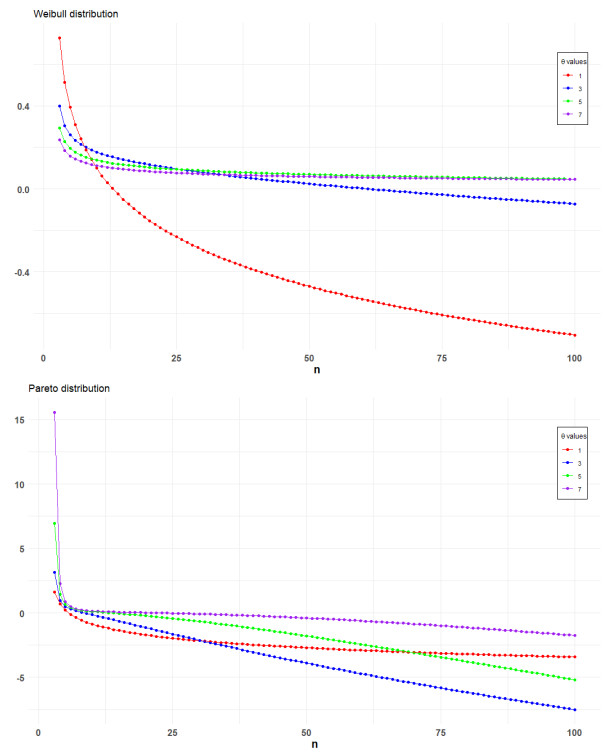

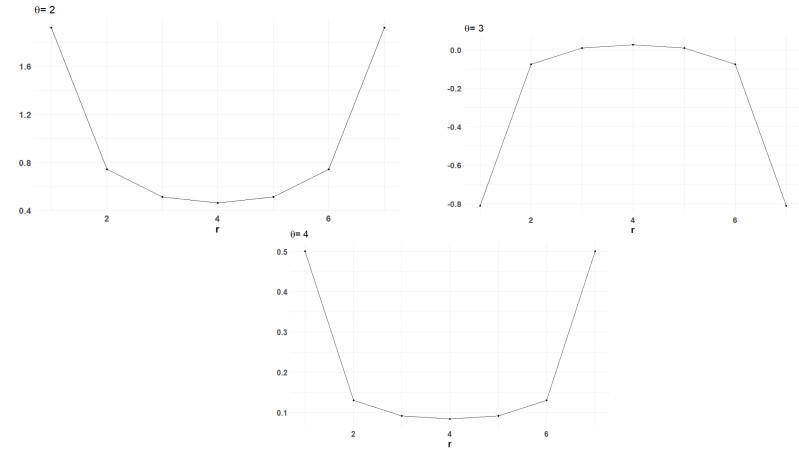
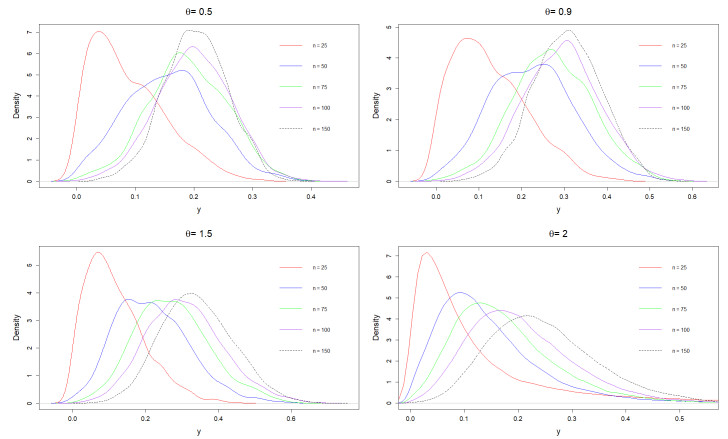
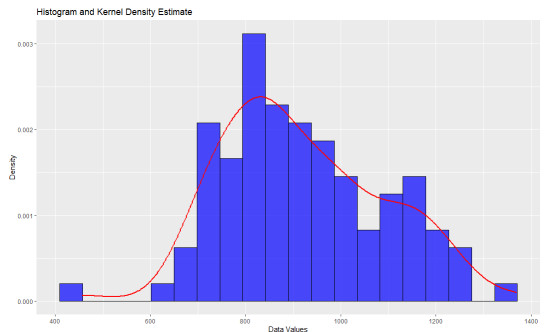
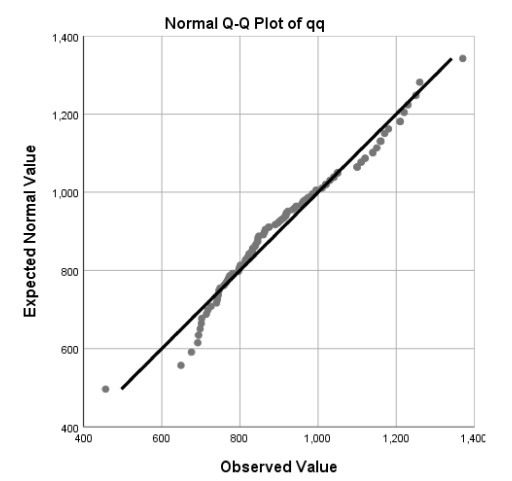


 DownLoad:
DownLoad: